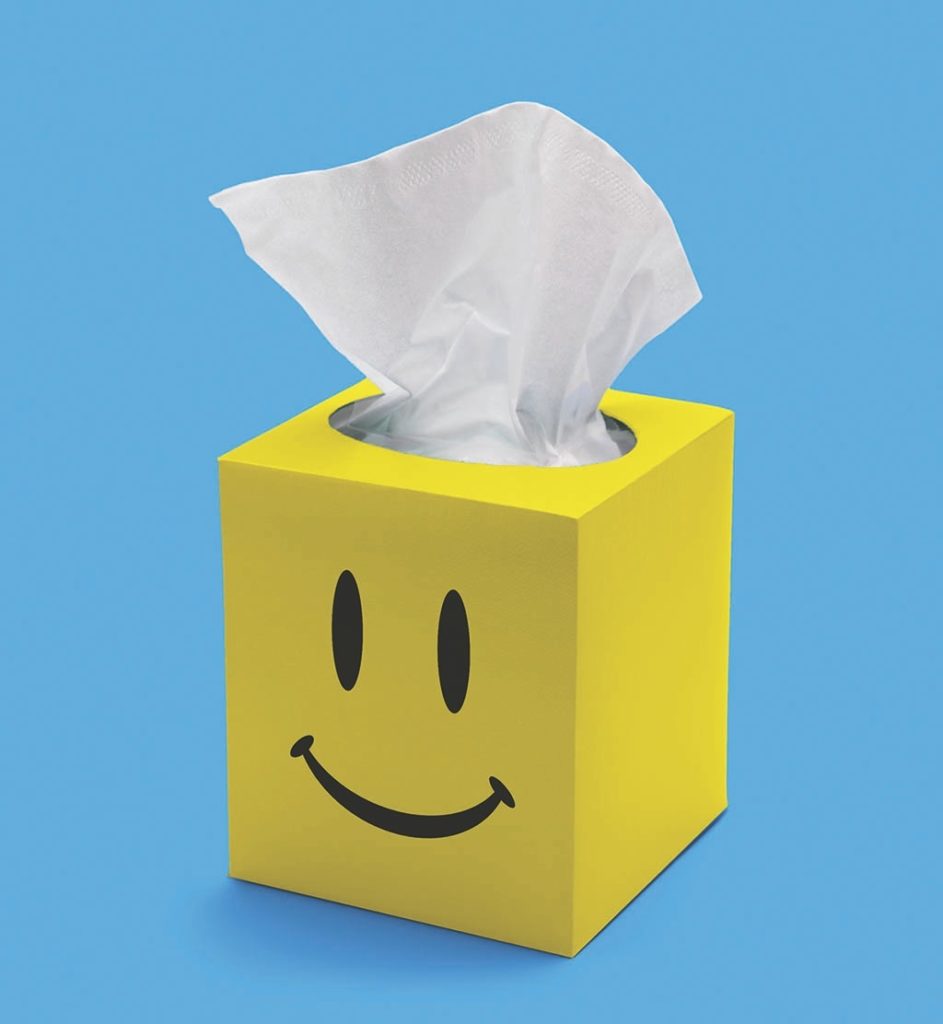Positively healing
Allergy treatment works better when side effects are seen as good news

Children and teens with severe peanut allergies are on alert for early signs that they’ve been exposed: Their skin or mouth might start to tingle, or their nose might suddenly feel stuffed up. That’s when the little ones ask for help and older kids might inject themselves with a shot of epinephrine from an EpiPen to counter the reactions.
If they’re receiving oral immunotherapy, which involves consuming tiny doses of peanut allergens over time to build up a tolerance, hints of a reaction could cause anxiety that’s so severe they skip doses or end the treatment.
But a new Stanford study shows that anxiety in young patients can be calmed if they view the uncomfortable side effects as positive signals that the treatment is working. And having a positive outlook about side effects even reduced bad reactions when the patients ate real peanuts at the end of the treatment.
“We have shown that a simple change in the way we frame and discuss side effects of a treatment can have a meaningful impact not only on anxiety and adherence but also on the physiological benefits of that treatment,” said Alia Crum, PhD, assistant professor of psychology and senior author of the study published Jan. 28 in Journal of Allergy and Clinical Immunology: In Practice.
Decades of clinical trials show oral immunotherapy is likely effective in protecting from accidental exposure to foods that trigger allergic reactions, said Kari Nadeau, MD, PhD, director of the Sean N. Parker Center for Allergy and Asthma Research at Stanford. But families have found the treatment challenging to complete. “We were particularly eager to find a mindset that could help patients come to understand symptoms in a more adaptive way,” she said.
Researchers recruited 50 participants ages 7-17 for the six-month study. The families had regular in-clinic appointments and staff access, and were taught how to use medications, such as antihistamines, for non-life-threatening symptoms.
Then, building on research at the Stanford Mind & Body Lab about how mindsets — thoughts, beliefs and expectations — can influence behavior and health outcomes, researchers randomly split the families into two groups.
Families in a control group viewed mild, non-life-threatening symptoms their children experienced as side effects of the treatment.
But families in the positive-signals group were encouraged to think of the same side effects as positive signs that their children were building a peanut tolerance. This idea was reinforced in communications, written information and activities — these children wrote letters to their future selves that included reminders that the symptoms showed the treatment was working.
During the first month, 21.4% of the positive-signals group who had symptoms reported feeling either kind of or extremely worried, compared with 45.5% in the control group.
Similarly, after six months, 23.1% of parents in the positive-signals group reported feeling kind of or extremely worried when their child had symptoms, compared with 40% of the other parents. Symptom-related anxiety caused 4% of positive-signals group participants to skip a dose, versus 21% of the other group.
In terms of physiological benefits, when doses increased at the end of six months, participants in the positive group had fewer non-life-threatening symptoms: 1.2% versus 3.5%.
“We hope that this intervention can be successfully adapted into clinical practice to help practitioners reduce anxiety among their patients and to make this very promising treatment even more effective and stress-free for patients and their families,” said postdoctoral scholar Lauren Howe, PhD, lead author of the study.

